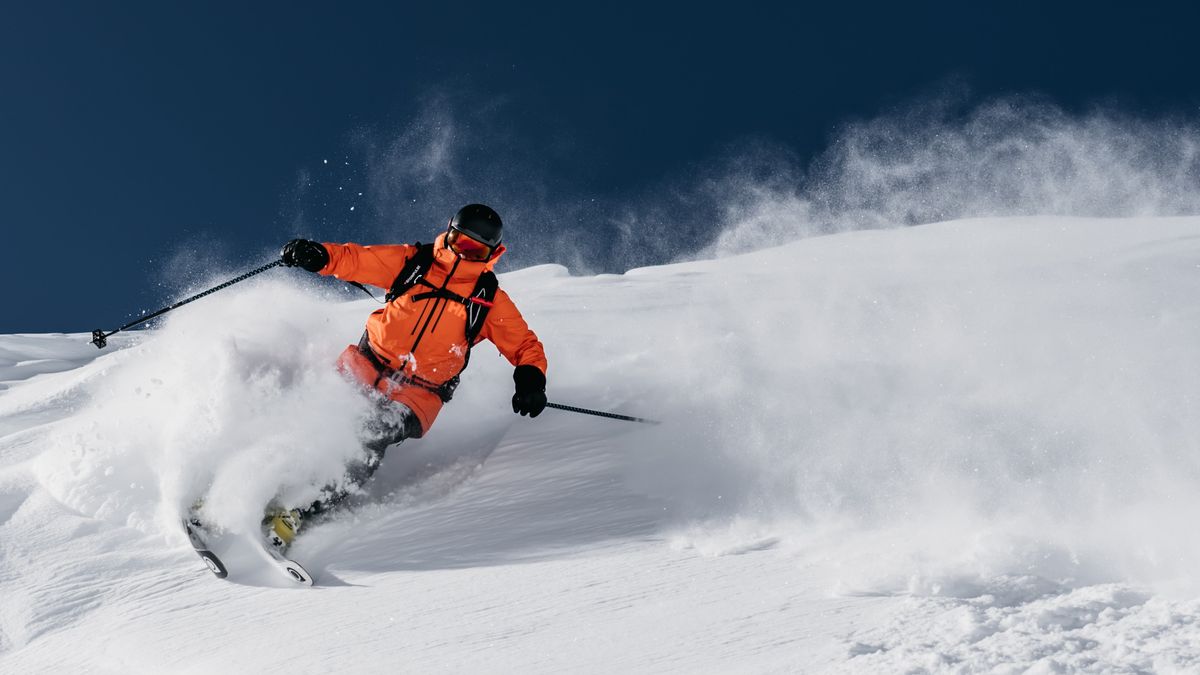Pulse of Information
Your source for the latest insights and updates.
Skiing Downhill: A Slippery Affair with Gravity
Experience the thrill of downhill skiing! Discover tips, tricks, and the exhilaration of conquering gravity on the slopes.
Top 10 Tips for Mastering Downhill Skiing
Downhill skiing is an exhilarating sport that requires both skill and confidence. To help you achieve mastery on the slopes, we’ve compiled top 10 tips for mastering downhill skiing. These tips not only enhance your technique but also ensure a safer and more enjoyable experience. First and foremost, ensure that you have the right gear. Invest in a quality pair of skis, boots, and poles that cater to your skill level. Proper attire, including helmets, gloves, and thermal wear, is also essential for both comfort and safety.
- Keep Your Knees Bent: Maintaining a slight bend in your knees helps absorb bumps and improves your balance.
- Shift Your Weight: Learn to shift your weight from your heels to your toes for better control.
- Look Ahead: Always keep your eyes focused on the path ahead rather than directly at the skis.
- Practice Parallel Turns: Mastering parallel turns will help you navigate slopes efficiently.
- Take Lessons: Consider taking lessons from a professional instructor to refine your technique.
- Stay Relaxed: Tension can hinder your movements; stay relaxed and allow your body to flow with the motion.
- Know Your Limits: Be aware of your skill level and avoid challenging runs until you’re ready.
- Warm Up: Just like any physical activity, warming up is crucial to prevent injuries.
- Use Your Poles: Utilize your poles for balance and timing, especially during turns.
- Have Fun: Remember to enjoy the ride; skiing should be a fun and liberating experience!

The Science of Gravity: How It Affects Your Skiing
The science of gravity plays a crucial role in skiing, governing how skiers move down slopes and navigate turns. When a skier stands atop a mountain, gravity pulls them downward, creating a force that affects their speed and control. As skiers lean into turns, they must balance this gravitational pull with the forces acting on their bodies to maintain stability. Understanding the dynamics of gravity, such as the relationship between mass, acceleration, and slope, can significantly enhance a skier's performance and safety on the slopes.
Moreover, gravity affects skiing in terms of how energy is discharged during a run. As skiers descend, they convert potential energy from their elevated position into kinetic energy, propelling them forward. This transformation is vital for achieving speed and maintaining momentum. Each turn requires a delicate balance of gravity and the skier's technique; improper handling of these forces can lead to loss of control or even falls. Thus, knowledge of how gravity influences skiing can empower athletes to improve their skills and enjoy their time on the mountain.
What Equipment Do You Really Need for Downhill Skiing?
When it comes to downhill skiing, having the right equipment can make all the difference in your experience on the slopes. The essential items you need include:
- Skiing Skis: Selecting the right pair of skis is crucial for your skill level and the type of terrain you'll be tackling.
- Ski Boots: Well-fitted boots provide comfort and control, allowing for better maneuverability.
- Helmet: Safety should never be compromised; a helmet protects your head and enhances your confidence.
- Poles: Ski poles aid in balance and rhythm, making them a valuable tool for beginners and experienced skiers alike.
In addition to the basics, consider investing in protective gear and clothing. A good pair of ski goggles not only protects your eyes but also enhances visibility in varying weather conditions. Layering is key to staying warm and dry; materials like moisture-wicking base layers, insulating mid-layers, and waterproof outer layers can keep you comfortable on long days on the mountain. Don’t forget about gloves or mittens, which are essential for hand warmth. By ensuring you have the right equipment, you set yourself up for a safe and enjoyable downhill ski adventure.